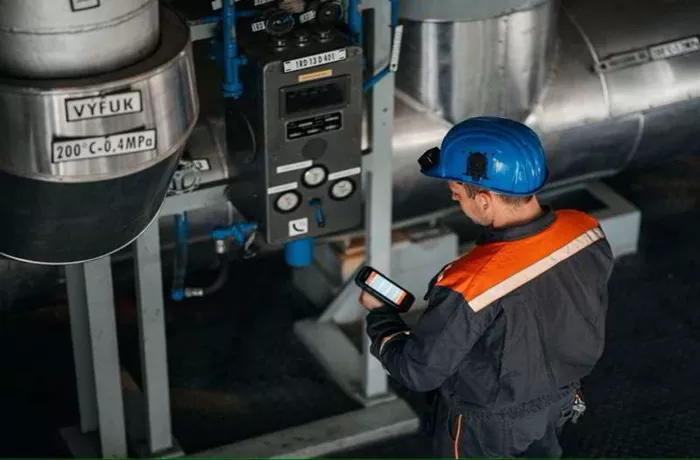Vodafone has launched a pioneering 5G mobile private network deployment at the ČEZ Group’s Temelín nuclear power plant in southwest Czechia. This initiative, claimed by Vodafone to be the first of its kind in Europe, aims to replace traditional walkie-talkie communications with advanced technologies and enhance connectivity for workers in challenging areas.
The pilot project is being tested in both the plant’s outdoor spaces and specific areas within a production unit. Its primary goal is to support the use of augmented reality (AR) glasses, which will assist technicians in their tasks and improve connectivity throughout the site.
Bohdan Zronek, a board member and Director of the Nuclear Division at ČEZ, highlighted the importance of maintaining a fully isolated communication network for critical infrastructure. “A section of the nuclear power plant’s communication network must remain completely separate from external networks. We ensure an alternative system in case of an outage, and the management system remains entirely independent of external access. We are the first European nuclear facility to test a private 5G network, while other operators are still primarily using 4G technology.”
The outcomes of this pilot will influence future deployments of private 5G networks at additional sites. Violeta Luca, CEO of Vodafone Czechia, emphasized the benefits of this technology. “The private 5G solution ensures that all user data and infrastructure are securely managed within the plant’s own systems. This technology is crucial for advancing the secure digitalization of critical infrastructure.”
Vodafone notes that 5G private networks are becoming increasingly significant due to their high speed, low latency, and support for new digital services, including AR and VR.
In a related development, Vodafone has also partnered with Italian gas infrastructure company Snam to enhance connectivity at 23 of its plants. This hybrid infrastructure aims to boost 4G and 5G coverage for both the local population and Snam personnel, facilitating the connection of numerous devices and the introduction of innovative services. These include field sensors, security systems, logistics applications, and AR/VR solutions for technician training and remote support.
Related topics:
- Italy Launches Groundbreaking CCS Project with Initial CO2 Injection
- Neste’s New CEO Heikki Malinen to Lead Company into Next Phase of Growth
- “MAN Engines Unveils Powerful New 30-L Marine Engine at SMM 2024”

